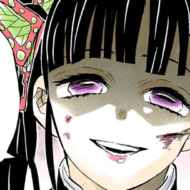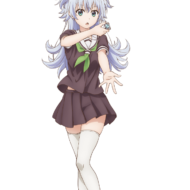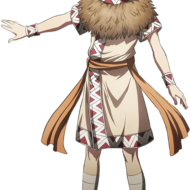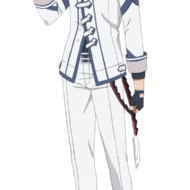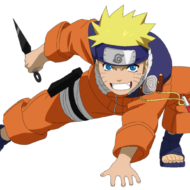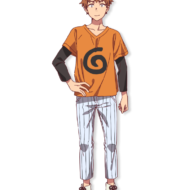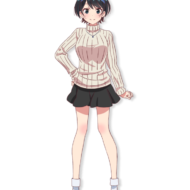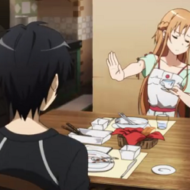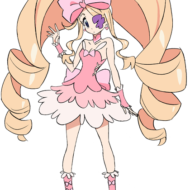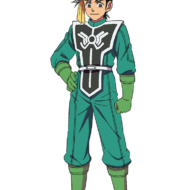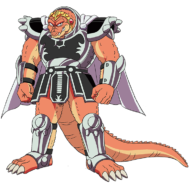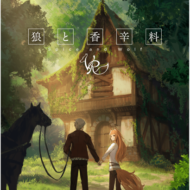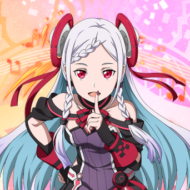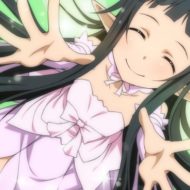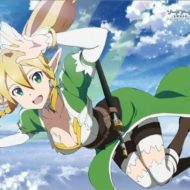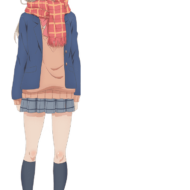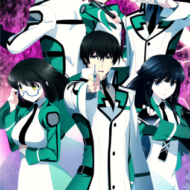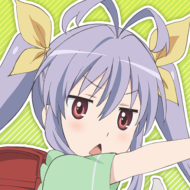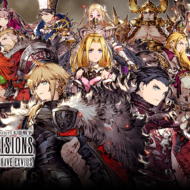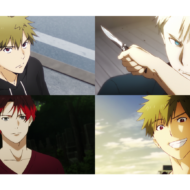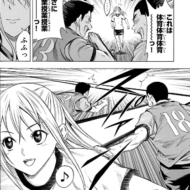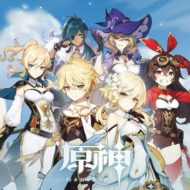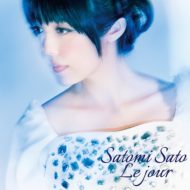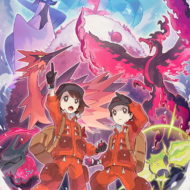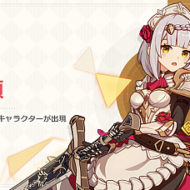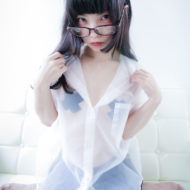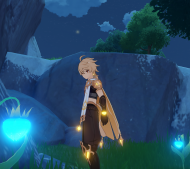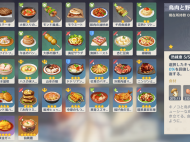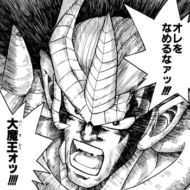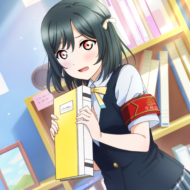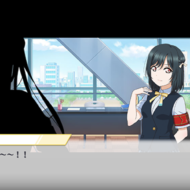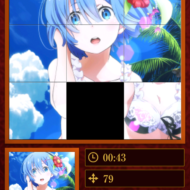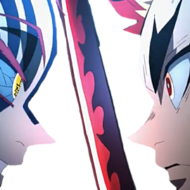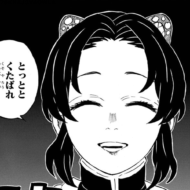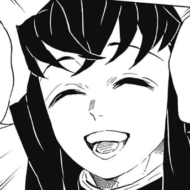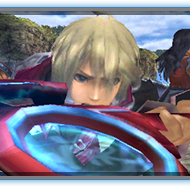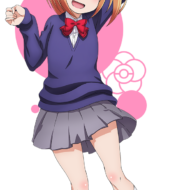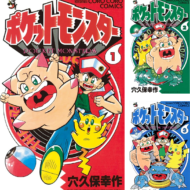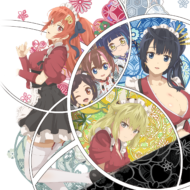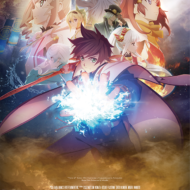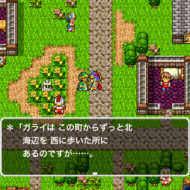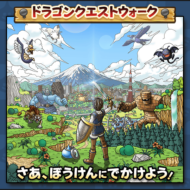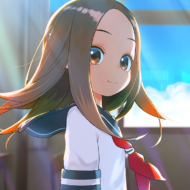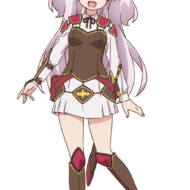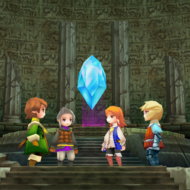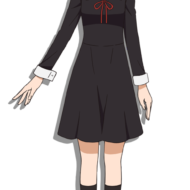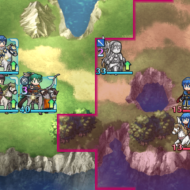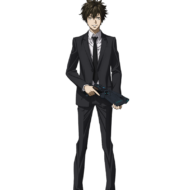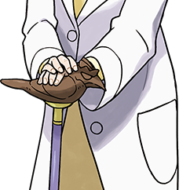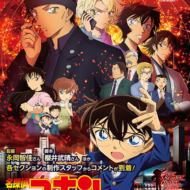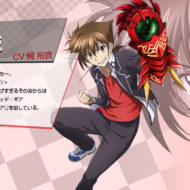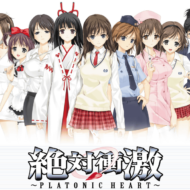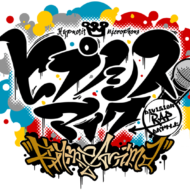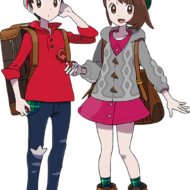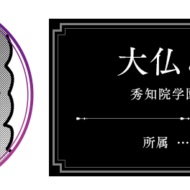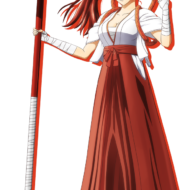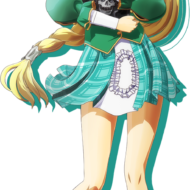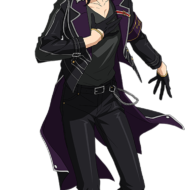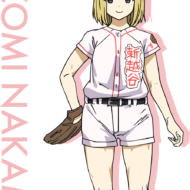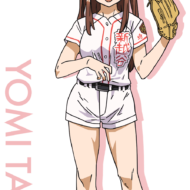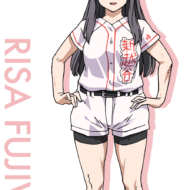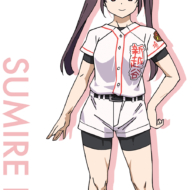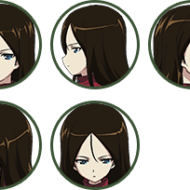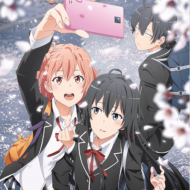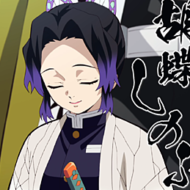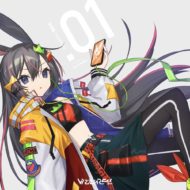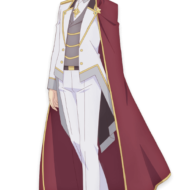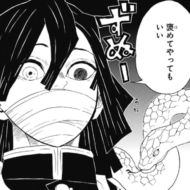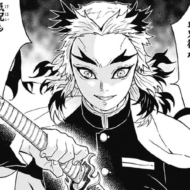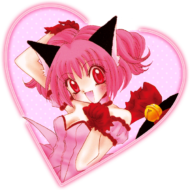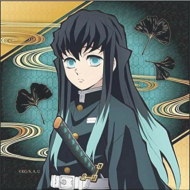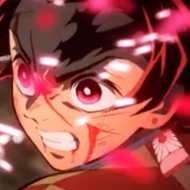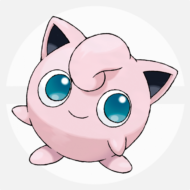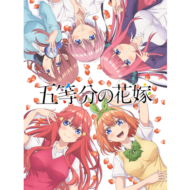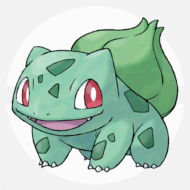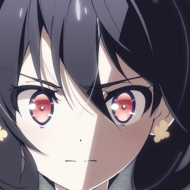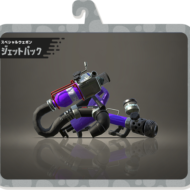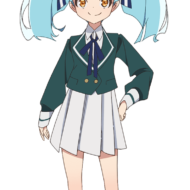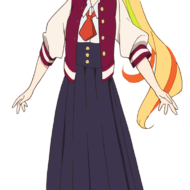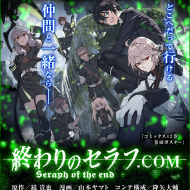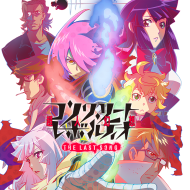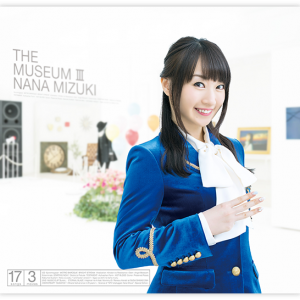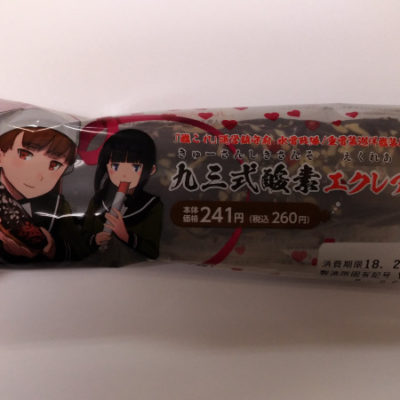出典 : Amazon.co.jp
The “last boss” always appear in battle cartoons and anime, but while some last boss permeate the story for decades afterwards, others are lesser known.
We’ve looked at what kind of last boss capture the hearts of many and hold a strong interest in them!
The History of the Last Boss
出典 : Amazon.co.jp
The term “last boss” was originally used to refer to the last enemy in games, especially RPGs.
Later, the term came to be used for the mastermind in manga and anime as well, and the term came to refer to the boss of a long-running episode as well as the last enemy of the game.
Nowadays, the term has become so common that it is commonly used in variety shows.
In the case of video games, even characters that do not have anything to do with the main character, such as Sidor from “Dragon Quest II: Gods of Evil” or Eternal Darkness (Pepsi Man) from “Final Fantasy IX”, are considered Last bosses just because they are the last enemy, but in the case of manga and anime, it is rare for such enemies to become Lasbosses.
In most cases, the last boss is an enemy that has some kind of relationship with the main character or an enemy that wants to destroy the world based on his or her beliefs or philosophy.
For this reason, the process of becoming evil and the background of the last boss in manga and anime are often hinted at in the story, and the boss’s own ideas and ties are drawn up.
The one who determined this trend is probably Char Aznable from “Mobile Suit Gundam”.
Although he was an enemy character, his personality was portrayed with the same level of intensity as that of the main character Amuro Ray, and as a result he became immensely popular and contributed greatly to Gundam’s popularity.
Since then, it has come to be said that drawing the enemy characters in an attractive manner is a prerequisite for a masterpiece, and in fact, such works have dominated the manga and anime world.
Raoh and Souther from “Fist of the North Star”, Warsman and the Devil Shogun from “Kinnikuman”, and the Golden Saint from “Saint Seiya” became even more popular than the main characters, and their works became more exciting.
On the other hand, however, Laszlo’s bosses themselves didn’t feature much at this time.
In the 1990s, Frieza from Dragon Ball had a huge impact on children as the strongest and worst enemy of the time.
There were also many other overwhelmingly powerful lusty bosses, such as the Daima King Burn from DRAGON QUEST: Dai no Daibouken, the younger brother of Toguro from Yu Yu Hakusho, and DIO from JoJo’s Bizarre Adventure.
After that, a succession of final bosses appeared, such as Kira Yoshikage from JoJo, Sensui from YuYu Hakusho, and Yukishiro Rim from Rurouni Kenshin, which may have been differentiated from the overwhelmingly powerful bosses of the previous series, but were characterized more by their distorted thinking than their strength.
With the success of “Neon Genesis Evangelion”, the number of people looking for “twists” in anime has skyrocketed, and this has led to a demand for the last bosses to be not only strong, but also to have a way of thinking that transcends humans.
This trend has also affected video games, and since the 2000s video game bosses have been clearly and sometimes philosophically explaining their reasons for wanting to destroy the world and why it is righteous to be evil, and there has been an increase in the number of games that make you think that evil is evil, but that the boss has a point.
Is the sympathetic last boss outdated? A pure evil last boss is popular
出典 : Amazon.co.jp
Due to the aforementioned trends, there was a fairly strong trend at one time to look for logical reasons for the last boss to be evil.
As a result, there were many last boss who were tainted with evil for reasons that you couldn’t help but sympathize with, such as “I had a terrible experience as a child” or “My relatives were killed”.
The fact that Pizarro from Dragon Quest IV: The Conquerors became a companion character in the remake released in 2001 is a symbol of this series of events.
It’s unclear if this Pizarro was the impetus, but what users wanted from the last boss changed a bit after that.
For a while, many users felt that a last boss who had a clear reason for his evil deeds was more profound, but in recent years, more and more people are saying that a last boss who is dedicated to pure evil is more appealing than that.
On the other hand, the sympathetic bosses are becoming less and less favored, as it doesn’t feel good when the protagonist defeats the boss, and the aftertaste can be bad.
In the past, many users used to be enthusiastic about discussing justice and evil on the borderline, but nowadays, it seems that many users prefer to enjoy games with a clear distinction between justice and evil.
There is also an opinion that the catharsis of defeating the last boss is weakened by the weakness of the boss’s conflicted and sympathetic past, which makes it difficult to resist.
One of the reasons why Dragon Ball and JoJo are still beloved today is probably because many of the last boss fall into this pure evil category.
In Dragon Ball, Piccolo and Vegeta are the ones who have reformed, but after Frieza, the last bosses are pure evil.
The same is true for JoJo’s last boss, such as Cars and Diablo.
The most appealing last bosses are the ones that portray evil as evil.



